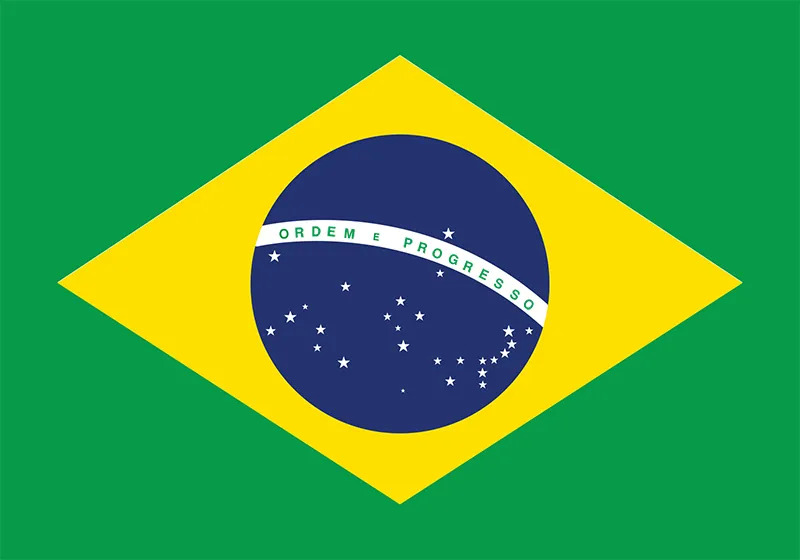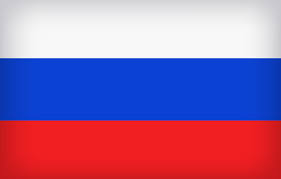‘The cup of blessing which we bless, is it not the communion of the blood of Christ? The bread which we break, is it not the communion of the body of Christ?’ (1 Corinthians 10.16.)
Why is it called the cup of blessing? It is the cup so well spoken of, so praised, and so esteemed, because it pictures the source of all our blessings.
The chalice at the Lord’s Table, if a church uses one cup, or the miniature cups which most nonconformist churches use today, are but a symbol, a representation of the precious, precious blood of God incarnate that was poured out at Calvary.
So much is represented in that cup: the atoning substitutionary death of Christ for our sin; his indescribable suffering bearing the eternal weight of punishment that we deserved.
What do I see in that cup at the Lord’s Supper? I see the love of Christ represented: amazing, astonishing love, securing glory for a worm like me. I see love I cannot measure; love I can barely comprehend; unreasonable love; infinite love, and love not only for me, but for millions and millions of undeserving sinners.
My pardon is in that symbol of blood, and my washing. Who among the redeemed would wish to be absent from the Lord’s Supper? Who has no feeling? Who has no desire to see these things so simply and movingly represented, and to give thanks for them? Just a cup, but a cup of blessing, depicting the source of our eternal life, happiness and peace.
Of course, we drink the cup, to show that the shed blood of Christ enabled spiritual life to be imparted to us. So the cup represents my new nature, my new understanding, the love poured into my soul. It represents all that is given to me at conversion, and all the joy and peace which I continue to receive. It is the cup of all my blessings and of the source from which they flow.
The signature of Christ
The Lord said, ‘This cup is the new testament in my blood.’ It is the ‘blood of the covenant’. Great treaties and agreements are signed in ink by the highest rulers, and sealed with impressed wax, but the covenant of salvation, the title deed of our redemption, the roll of the elect, is written with the precious blood of Christ the Lord. In the cup of blessing, we look at and drink of the representation of the signature of Christ. It is the cup of purchase and the cup of absolute security.
As we take it, we bless our Saviour: that is to say, we admire him; we are astonished at him; and we are overwhelmed by him. That small cup tells us so much. Here in this cup is the spring of my eternal life, my transport to Heaven when I breathe my last, and my eternal bliss.
The cup of sharing
Speaking further on the communion cup the apostle says, ‘The cup of blessing which we bless, is it not the communion [the partnership, the sharing] of the blood of Christ?’ He is referring to Christ’s shed blood as the bond that joins all true born-again people in the same spiritual family. We became sharers with Christ when he shed his blood at Calvary, when our ‘old man’ was crucified with him. What an amazing thought for us as we look at the symbolic cup. We think to ourselves, I was there on Calvary’s cross, long before I was born, and before I was saved. I was in him with all those who would be saved through the history of the world. We were all there, because it was our sin that was punished; it was our life that was set free. We are ‘crucified with Christ’, says the apostle, ‘Is it not the communion [sharing] of the blood of Christ?’ As the high priest in ancient times wore upon his breastplate the names of the tribes, so Christ on Calvary wore on his heart the names of all his people, and died for them. He saw them in his mind’s eye, says Isaiah in prophecy. He knew each one of us, in our case long before we were born. He knew those for whom he was dying and felt our punishment.
We come to the Lord’s Supper and we feel these things afresh. How can we continue in our sin? ‘The cup of blessing which we bless, is it not the communion of the blood of Christ? The bread which we break, is it not the communion of the body of Christ?’ This cup simply yet powerfully illustrates the blood that brings us into fellowship with Christ, and into fellowship with one another as washed, saved, ransomed people, brothers and sisters in the Lord.
Part of a sermon preached at the Metropolitan Tabernacle on 29th May 2022












